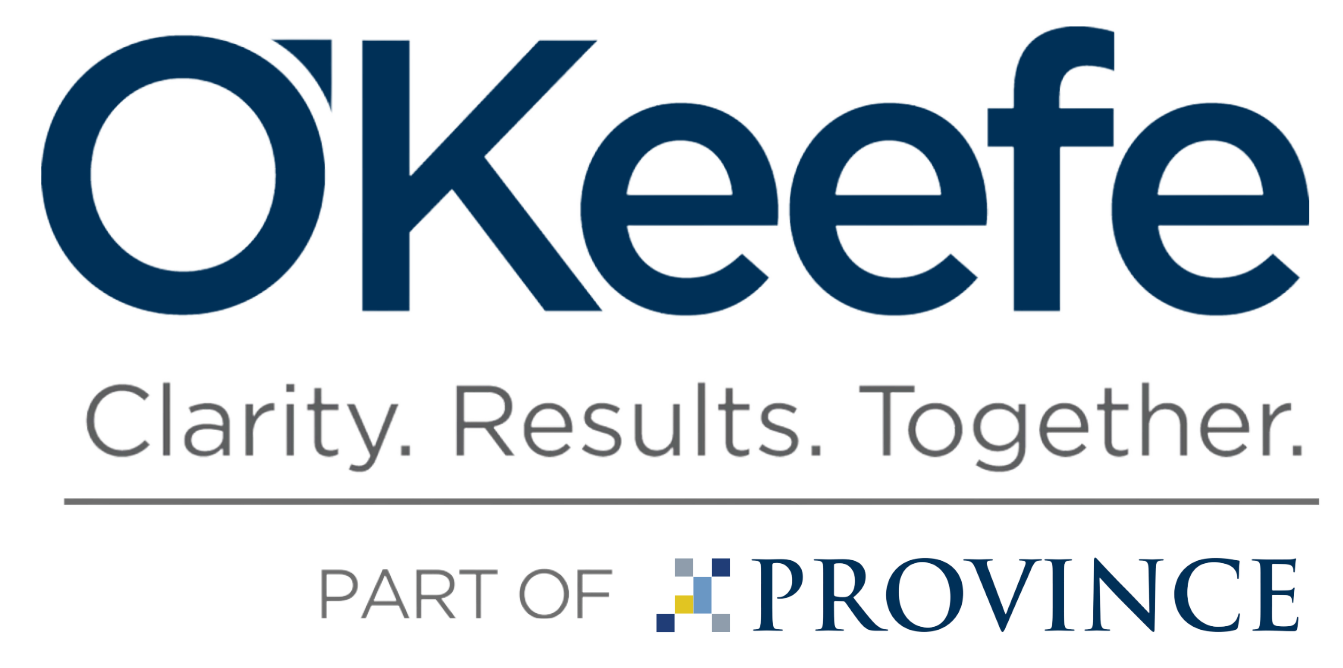New Drugs to Market
Counter-intuitive to how most business executives think of federal agencies, Scott Gottlieb, head of the Food and Drug Administration (“FDA”), has spent his first year at the agency focusing on getting more drugs to market, as opposed to increased regulation. In fact, the FDA has approved a record number of generic drugs in the past year and is looking for ways to address the burden of introducing new pharmaceutical drugs to the marketplace.
Pharmaceutical manufacturers are well aware that developing and launching a prescription drug is a costly endeavor. According to the Office of Health Economics, the typical cost of launching a drug in the marketplace has increased to $1.9 billion, compared to $199 million in the 1970s. The Pharmaceutical Research and Manufacturers of America have stated that it can take 10 to 15 years and about $1.5 billion to develop a new product, and only two out of 10 products ever recover their associated research and development (“R&D”) costs. This has caused some pharmaceutical manufacturers to cut funding for certain treatments. Since R&D expenditures are correlated with the number of new drugs being released in the market, this may hamper the number of new drugs being introduced to the market. In fact, the number of in-house development products fell more than R&D expenditures, resulting in higher overall industry per-drug development costs.
Pharmaceutical companies must make a profit to fund past and present R&D efforts. As a result, prescription drugs are priced to reflect the costs of production and the significant R&D costs incurred in developing the drug. Even though discovering and developing new drugs is a time consuming, risky and costly endeavor, companies that are successful in doing so can earn sizable profit until generic versions of the drugs enter the market. In an effort to lower the price of prescription drugs and increase competition in the marketplace, Mr. Gottlieb wants the agency to rethink how much information the FDA demands at an early stage. Lowering upfront costs should encourage investment, especially by smaller biotech firms with good ideas but fewer resources. This should also enable startups to raise capital easier, and lower development costs should mean higher returns for pharmaceutical manufacturers. The FDA is looking for ways to accelerate clinical trials and lower the standard of efficacy without compromising safety. For example, a pharmaceutical manufacturer may only need to show an improvement in a biological proxy, as opposed to having to demonstrate improvements in long-term outcomes. This approach is already in place for cancer drugs. Of course, lowering efficacy standards introduces the risk that new drugs will be approved that may not be effective.
The pharmaceutical industry is an industry that faces significant competition in getting new drugs to the marketplace, which itself is a very costly endeavor. As companies contend with patent expirations on brand name pharmaceuticals and price competition from generic pharmaceutical manufacturers, it appears that the FDA is on a course to find a path to lower the cost of getting a drug to market. From an economics perspective, lowering the cost of pharmaceutical drugs would lower the price of prescription drugs and allow for more drugs to successfully reach the market; hence, benefiting the patient. Time will tell if this will be the case.


